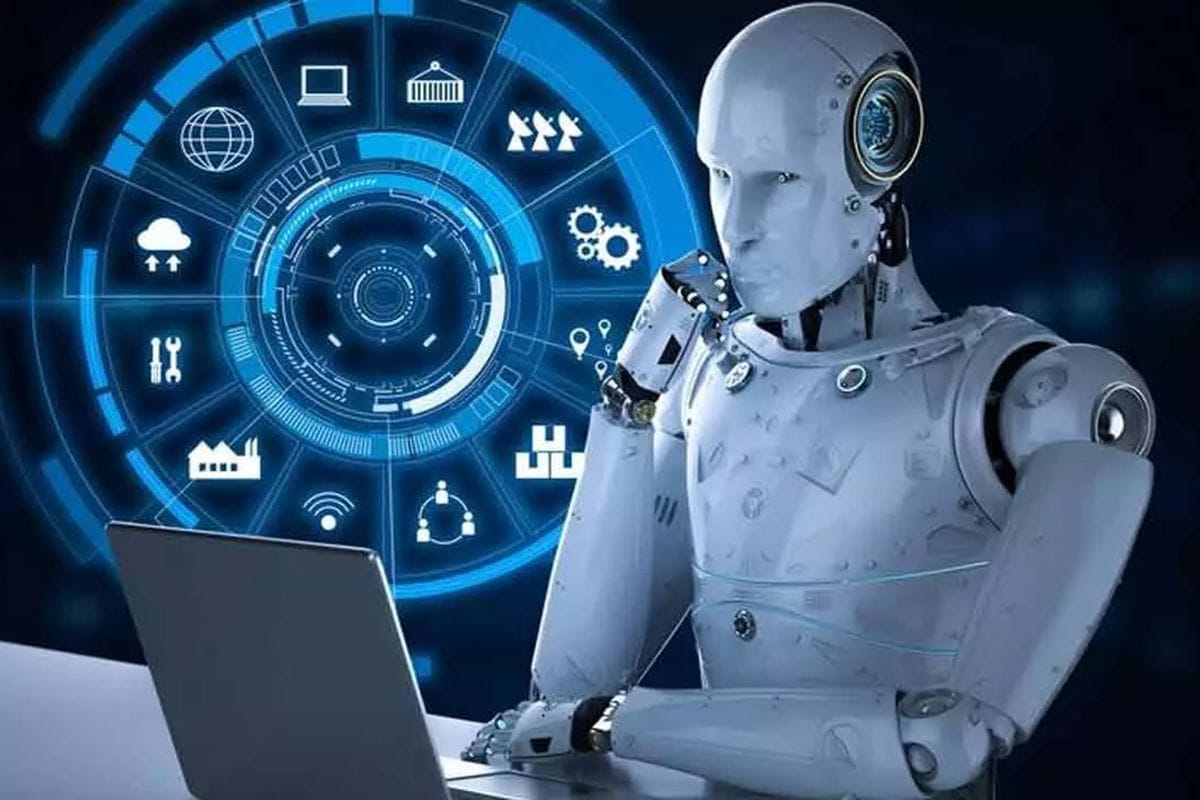
How do chatbots actually work?
Chatbots are everywhere these days. From answering your questions on a company website to recommending the perfect pair of shoes online, these conversational AI tools are transforming the way we interact with technology. But how exactly do these digital assistants work? This article dives into the inner workings of chatbots, exploring the key technologies that bring them to life.

Understanding the User: Natural Language Processing (NLP) at the Core
At the heart of every chatbot lies NLP, a branch of AI that equips computers with the ability to understand human language. When you type a message or speak to a chatbot, NLP goes to work behind the scenes. Here’s how it breaks down:
- Intent Recognition: NLP analyzes your message to identify the underlying intent or goal. Are you asking a question, placing an order, or seeking troubleshooting help? By understanding your intent, the chatbot can tailor its response effectively.
- Entity Extraction: NLP can also pinpoint specific entities within your message. Names, locations, dates, and product details all fall under this category. Extracting these entities allows the chatbot to personalize its response and provide more relevant information.
Crafting the Response: A Mix of Rules and Machine Learning
Once the chatbot understands your intent and gathers relevant details, it’s time to craft a response. Here, two main approaches come into play:
- Rule-based Chatbots: These chatbots rely on a pre-defined set of rules and branching conversations. They work well for simple questions with clear-cut answers. Imagine a chatbot programmed to answer FAQs about a company’s return policy. It can identify keywords related to returns and then provide a pre-written response based on the rules.
- Machine Learning-powered Chatbots: These chatbots leverage machine learning algorithms to learn and adapt over time. They can analyze vast amounts of conversation data to identify patterns and improve their response accuracy. This allows them to handle more complex questions and even engage in natural-sounding conversations.
The Ever-evolving Landscape of Chatbot Technology
Chatbot technology is constantly evolving. Here are some exciting advancements to look out for:
- Conversational AI: This branch of AI focuses on creating more natural and engaging chatbot interactions. By incorporating techniques like sentiment analysis and topic tracking, chatbots can better understand the flow of conversation and respond accordingly.
- Voice Assistants: Chatbots are increasingly integrating voice recognition capabilities. This allows for a more hands-free and interactive experience, making chatbots ideal for smart devices and virtual assistants.
The Future of Chatbots: Personalized and Seamless Interactions
As chatbot technology continues to develop, we can expect them to become even more integrated into our daily lives. Here’s a glimpse into what the future holds:
- Personalized Experiences: Chatbots will be able to leverage user data and past interactions to provide personalized recommendations and support. Imagine a shopping chatbot that remembers your preferences and suggests items you might like.
- Seamless Omnichannel Support: Chatbots will bridge the gap between different communication channels, offering a unified experience across websites, messaging apps, and even social media platforms.
In conclusion, chatbots are no longer science fiction. They are powerful tools that are redefining how we interact with technology. By combining NLP, machine learning, and advancements in AI, chatbots are poised to become even more sophisticated and ubiquitous, shaping the future of communication.

